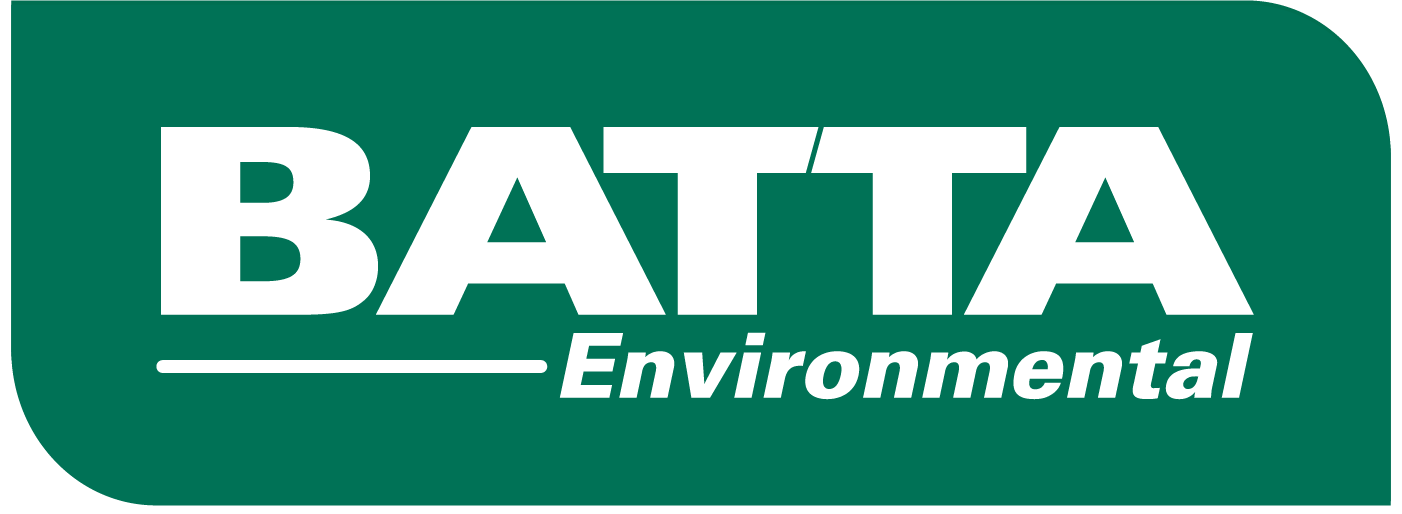
New Law Combats Lead Pipe Service Lines in Washington, D.C.
Today, U.S. Environmental Protection Agency (EPA) Administrator Andrew Wheeler, along with Housing and Urban Development Secretary Ben Carson, announced new, tighter standards for lead in dust on floors and window sills to protect children from the harmful effects of lead exposure.
“EPA is delivering on our commitment in the Trump Administration’s Federal Lead Action Plan to take important steps to reduce childhood lead exposure,” said EPA Administrator Andrew Wheeler. “Today’s final rule is the first time in nearly two decades EPA is issuing a stronger, more protective standard for lead dust in homes and child care facilities across the country.
“EPA’s updating its standards for lead dust on floors and windowsills in pre-1978 homes and child-occupied facilities is an important advance,” said Secretary Carson. “We will use this new rule in updating the lead safety requirements for the pre-1978 housing we assist.”
Since the 1970s, the United States has made tremendous progress in lowering children’s blood lead levels. In 2001, EPA set standards for lead in dust for floors and window sills in housing, however since that time, the best available science has evolved to indicate human health effects at lower blood lead levels than previously analyzed.
To protect children’s health and to continue making progress on this important issue, EPA is lowering the dust-lead hazard standards from 40 micrograms of lead per square foot (µg/ft2) to 10 µg/ft2 on floors and from 250 µg/ft2 to 100 µg/ft2 on window sills. The more protective dust-lead hazard standards will apply to inspections, risk assessments, and abatement activities in pre-1978 housing and certain schools, child care facilities and hospitals across the country.
Lead-contaminated dust from chipped or peeling lead-based paint is one of the most common causes of elevated blood lead levels in children. Infants and children are especially vulnerable to lead paint exposure because they their growing bodies absorb more lead than adults do, and their brains and nervous systems are more sensitive to the damaging effects of lead. They can be exposed from multiple sources and may experience irreversible and life-long health effects. Lead dust can be generated when lead-based paint deteriorates or is disturbed.
The rule will become effective 180 days after publication in the Federal Register.
A link to this final rule and to learn more: https://www.epa.gov/lead/hazard-standards-lead-paint-dust-and-soil-tsca-section-403
Learn more about the lead-based paint program: https://www.epa.gov/lead
Background
Reducing childhood lead exposure and addressing associated health impacts is a top priority for EPA. In December 2018 EPA Administrator Wheeler and other Federal Officials produced the Lead Action Plan, a blueprint for reducing lead exposure and associated harms by working with a range of stakeholders, including states, tribes and local communities, along with businesses, property owners and parents.
EPA continues to work with its federal partners to improve coordinated activities and implement objectives of the Lead Action Plan.
Contact Information:
BATTA Provides Training Courses that Focus on:
-
Lead RRP Certification
-
Asbestos Building Inspector & Project Monitor Training
-
Dust Sampling Technician Training

